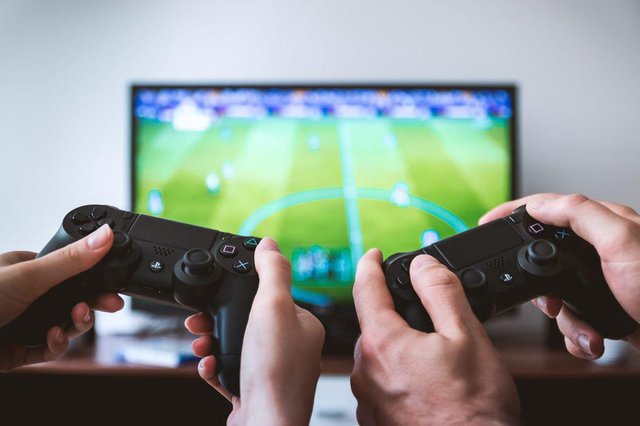The current status of gaming copyright laws has reached a turning point. What could we do to secure its future success?
Usually, it is rather simple for us to label games as just tools of entertainment. What causes us to get such an idea and portray them in this manner is typically the feeling of gratification and pleasure they unleash upon us once we start interacting with the game. We, therefore, tend to focus all our attention to the immediate concept that is inside the game itself. However, this causes us to often fail to ask ourselves questions about the origins and trademarks of the game and while this wouldn’t affect our in-game experiences, it could certainly provide us with valuable insights about key contributors such as the authors and the publishers. This, in return, would not only help us gather more awareness about the source of the production, but also enable us to expand our overall knowledge about the gaming industry.
As a result, it is only fair that we issue our supporters some relevant information linked to this exact attribute of the broad gaming scope. As a first step let’s clarify what copyright is and that’s “a protection of intellectual Property that gives exclusive rights to the author(s) of a creative work”. This intellectual stance poses some evident logical limitations when understanding the active participation needed by players for such intellectual Property to exist and survive. By relating this to the gaming industry, we can observe that in recent years the ownership of copyright rights has been gradually transitioning from developers to actual publishers. Thus creating another loop hole in the logic behind “Author(s) Rights”. This has occurred mostly due to the emergence of digital distribution platforms such as steam which reduces costs for developers to sell their product.

Historically speaking, the two main intellectual property international treaties that deal with protection of video game rights are The Berne Convention for the Protection of Literary and Artistic Works as well as The Agreement on Trade-Related Aspects of Intellectual Property Rights. While both treaties aim to ensure that compliance with digital copyright laws is strictly kept, the dilemma arises amid the claims that a video games section doesn’t exist on its own, but instead relies on pre-existing categories. An example of such an instance can be given by addressing the Indian Copyright Act as it doesn’t address video games specifically. This has consequently left the public wonder which components of a video game fall under the protection law and which are being excluded. Commonly, the 4 such attributes that are put into a debate are:
- Common assets (borrowing assets that could be used in-game)
- Game engines(software suites such as audio engine and AI – these ultimately cause certain features to be identical for all games which undermines copyright effectiveness)
- Producers/Developers interaction(platforms such as Kickstarter and Steam have come to the scene and acquired intellectual rights from developers)
- User input(even though many types of user interactions such as live broadcasts could boost marketing, some developers and publishers have taken an extra step to restrict this practice)
Now, after we’ve analyzed the most crucial aspects of the gaming copyrights framework, it is time to familiarize everyone with the approaches we’ve lined up as a way to minimize occurring violations not only in the gaming field, but more so – on a global scale. The first question we have to ask ourselves in such a case is “What causes game users to violate copyrights?”. According to our observations, price is a key factor that plays a big role in that as it causes an incentive for reselling without a license. Affordable games tend to be less targeted by copyright violations as well as games that offer strong multiplayer activity. Orionix believes that by extending the rights of players, video game publishers will not suffer losses from self-regulating and applying digital liberalization, but will gain greatly by allowing gamers to trade their virtual assets freely.
That is why we’ve decided to finally introduce a solution that will emancipate these rights while cutting all the fees involved from which too many actors profit from for no rational reason.
Furthermore, we wish to inform you that the journey of Orionix to seek stable, reliable partnerships is still in its tracks as we are determined to achieve our vision of tomorrow's gaming era through the use of cryptocurrency. As a result, we are investigating the legal prospect of becoming a licensed publisher trademark in order to circumvent some of the preset boundaries and offer our customers concrete trading options.